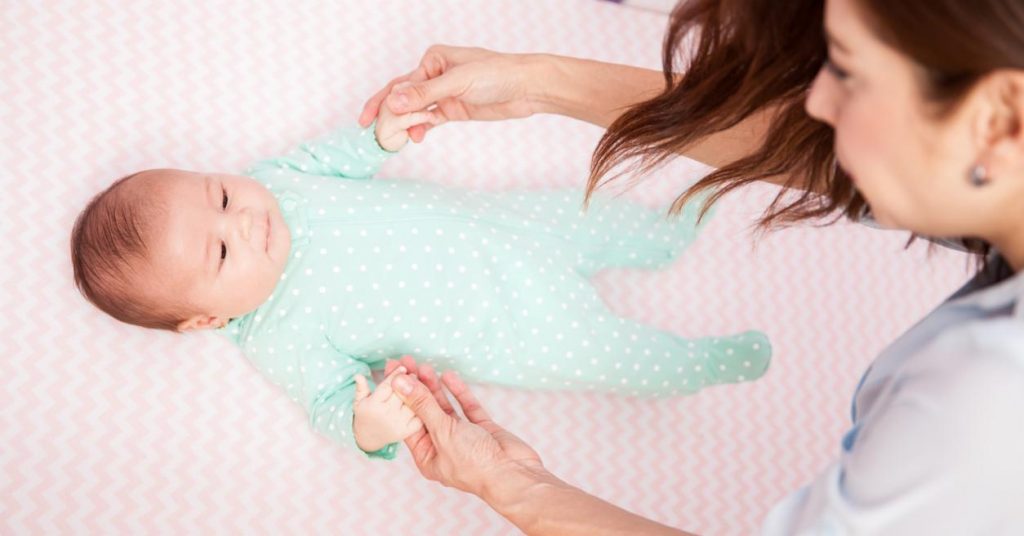SAFE SLEEP: Creating Safe Environments for Your Baby
Posted in:DadsMomsSafe SleepYour Growing Child
Share:
 When you become a parent or caretaker, your baby’s safety is one of the most important things that will matter to you. Abusing any type of tobacco, drugs or alcohol can put your baby in harm’s way. If you have a baby at home, they may be at risk if you misuse substances. You might think nothing will ever happen to YOUR baby, but it could. Even if you are not the one under the influence, your partner could be an additional risk around your baby if they are abusing substances. Following safe sleep practices and building safe environments will greatly reduce the risk of Sudden Infant Death Syndrome (SIDS.)
When you become a parent or caretaker, your baby’s safety is one of the most important things that will matter to you. Abusing any type of tobacco, drugs or alcohol can put your baby in harm’s way. If you have a baby at home, they may be at risk if you misuse substances. You might think nothing will ever happen to YOUR baby, but it could. Even if you are not the one under the influence, your partner could be an additional risk around your baby if they are abusing substances. Following safe sleep practices and building safe environments will greatly reduce the risk of Sudden Infant Death Syndrome (SIDS.)
Below are some factors that can increase risk of SIDS:
Position of Baby: Being under the influence can impair judgement. That means that you or your partner might not put your baby on their back to sleep. Your baby should always be on their back when sleeping. If under the influence, get someone safe to watch the baby.
Co-Sleeping: Your baby should always sleep in an empty crib. Sleeping in bed with your baby increases the risk of SIDS. You might not be under the influence, but your partner could be! Tobacco, drugs or alcohol can put a person in a deeper sleep or make them more restless. You or your partner could accidently roll onto your baby during sleep.
Surface: Tobacco, drugs or alcohol can make you feel sluggish. It might put you or a partner to sleep faster than you think. A crib with nothing in it but a fitted sheet is safest for your baby. Place your baby in an empty crib to avoid falling asleep with them on the couch or in a bed.
Reduce the risk of SIDS and make safer choices. The best way to avoid SIDS is to follow all the rules of safe sleep. If you find yourself using tobacco, drugs or alcohol, find a trusted safe person to watch your baby until you are able to care for them again safely. Safe sleep rules can help us see our babies grow up to live the dreams we have for them!